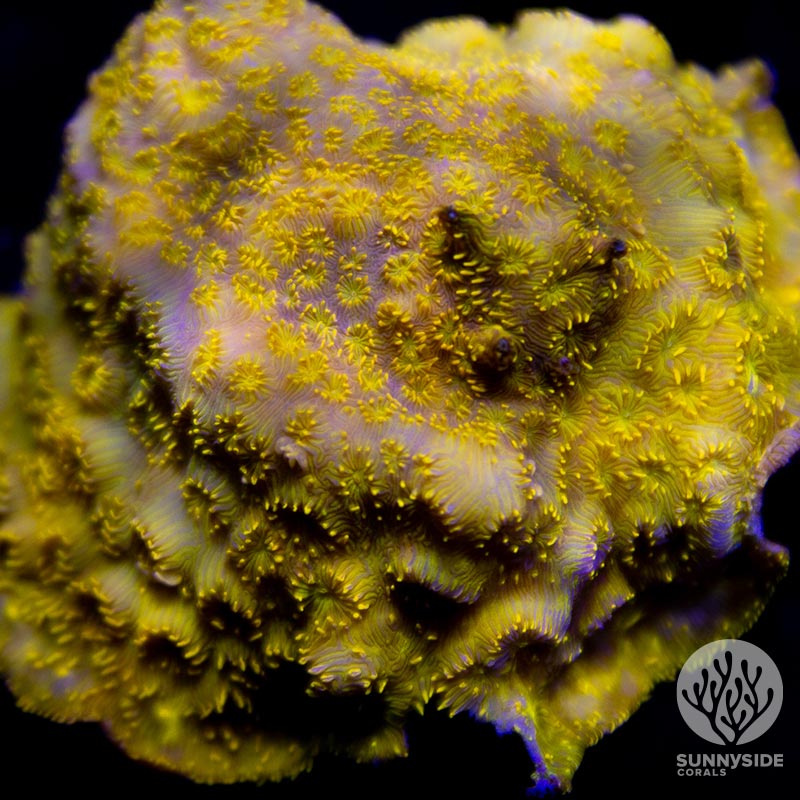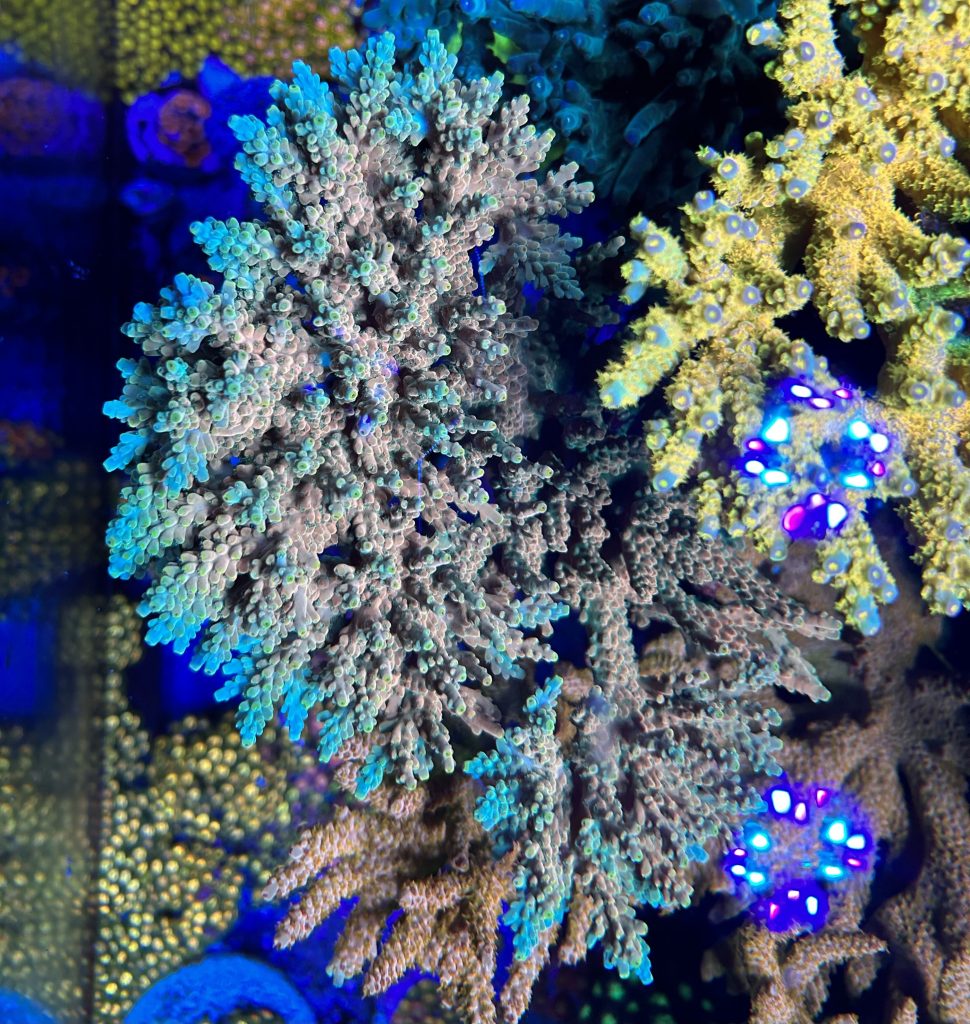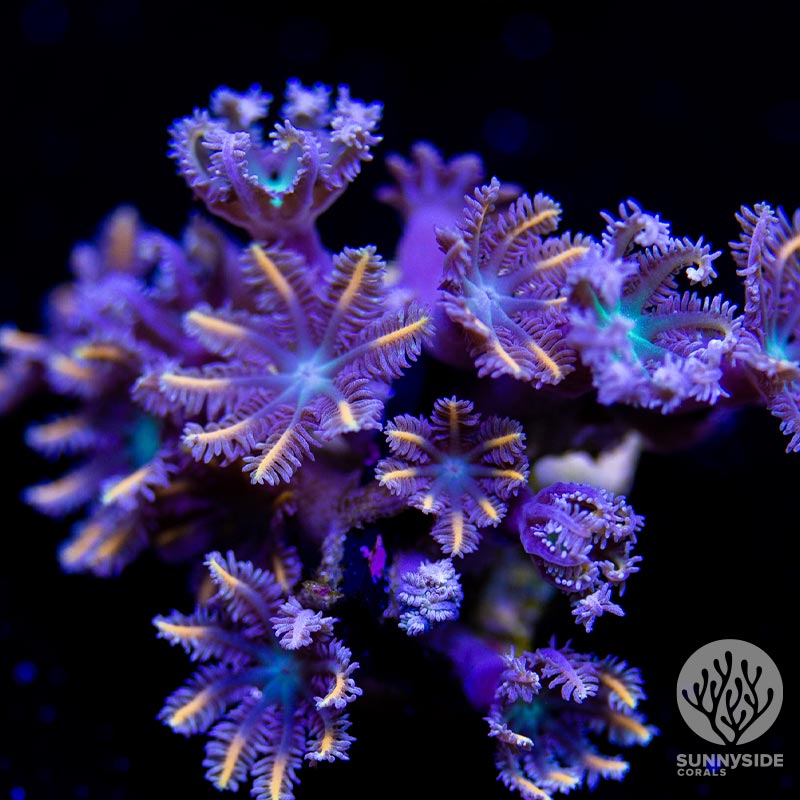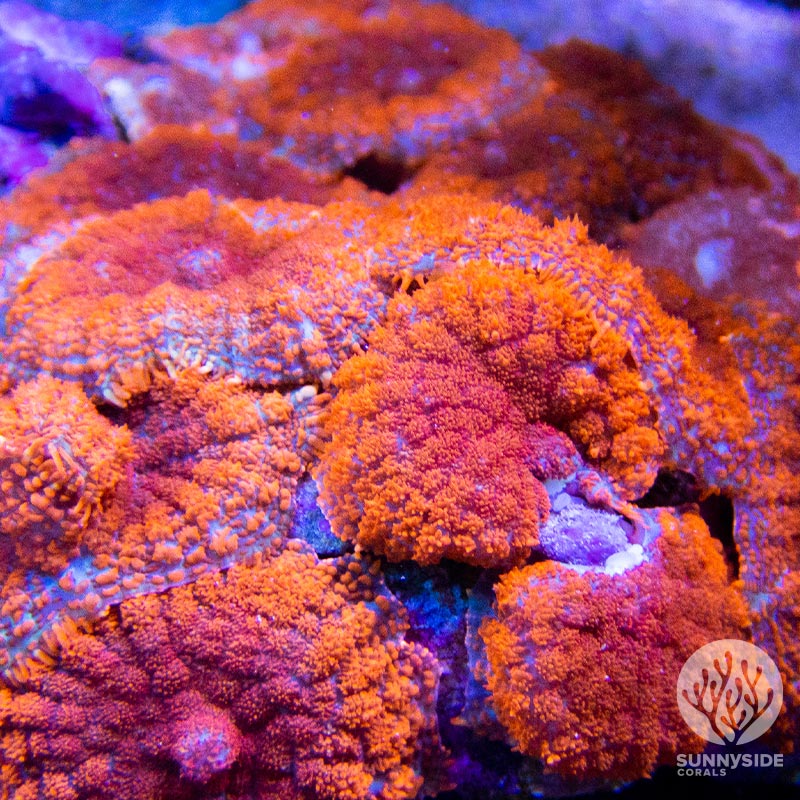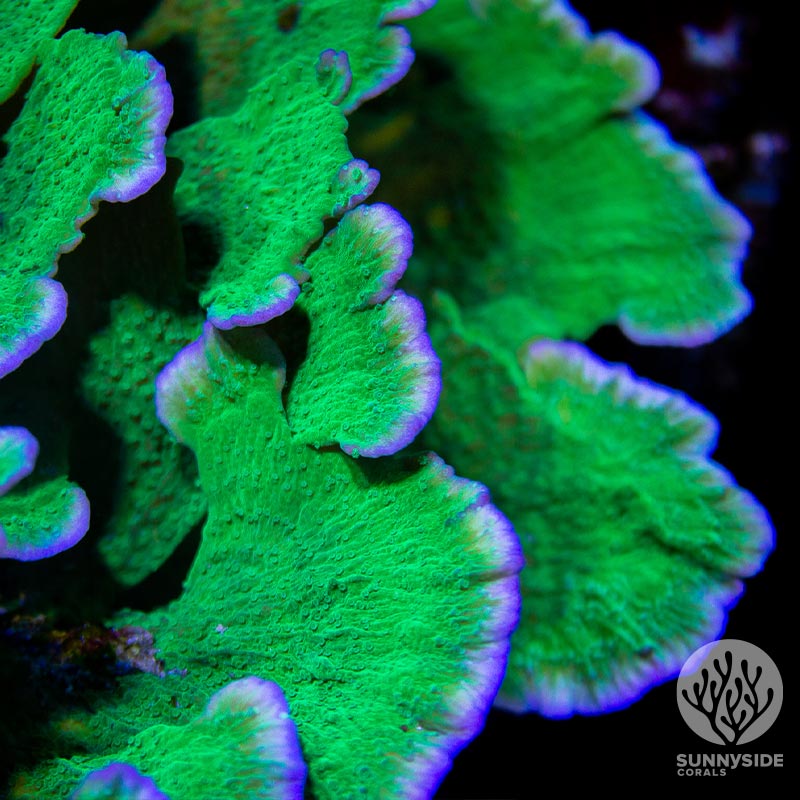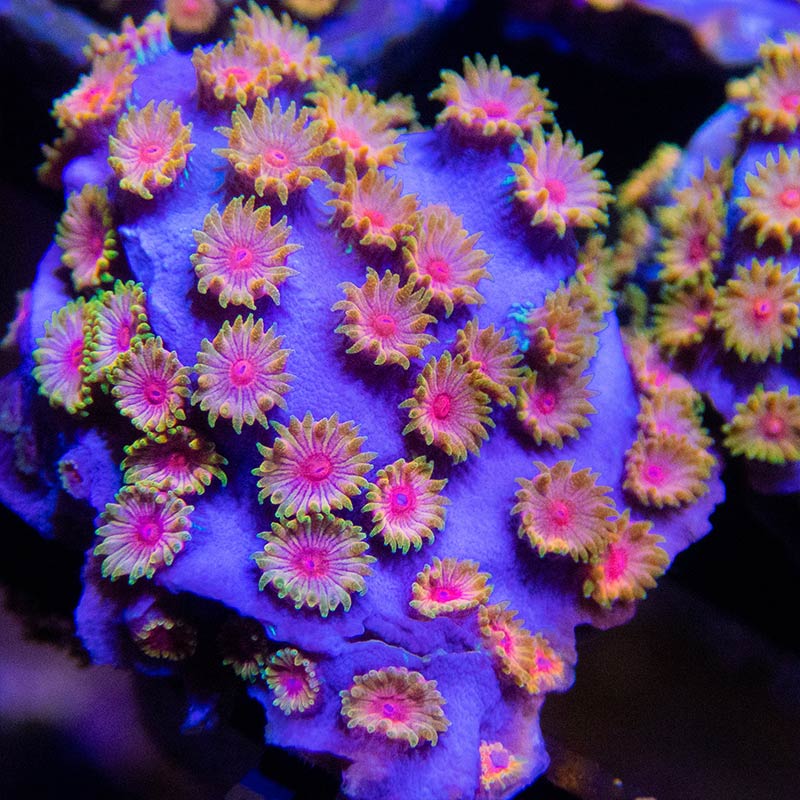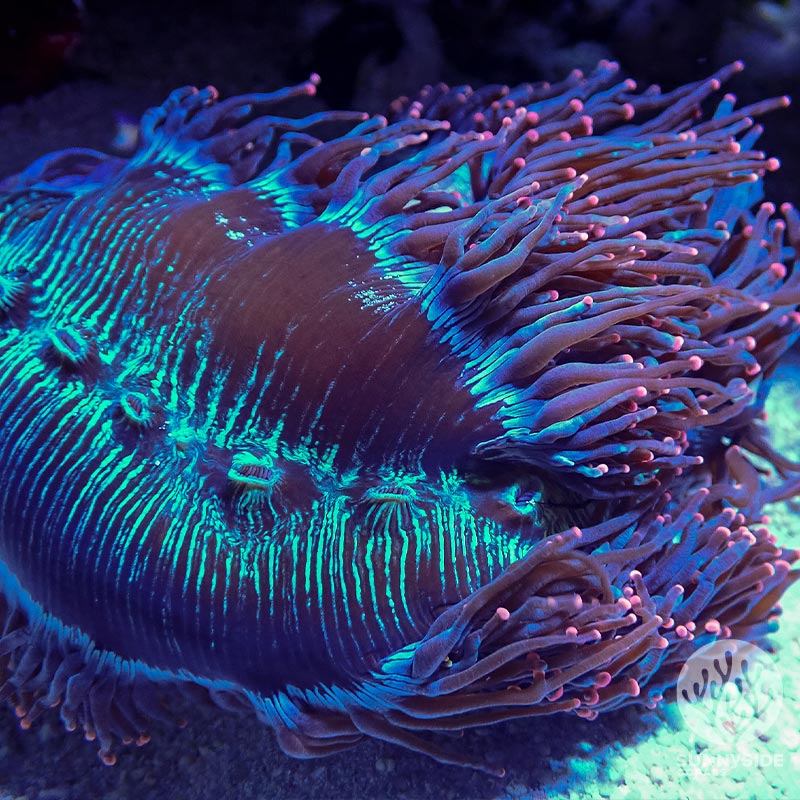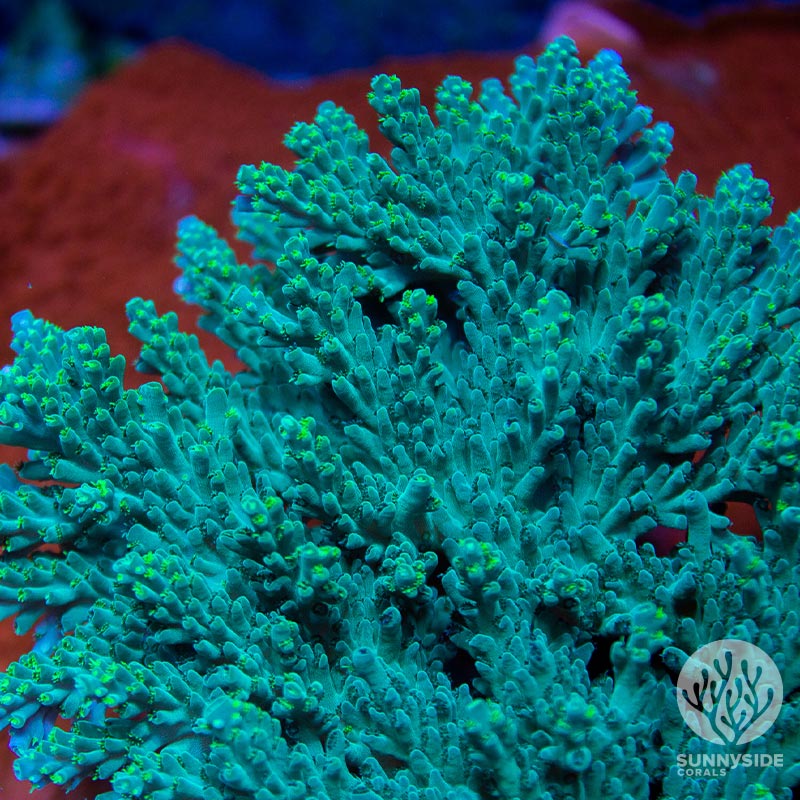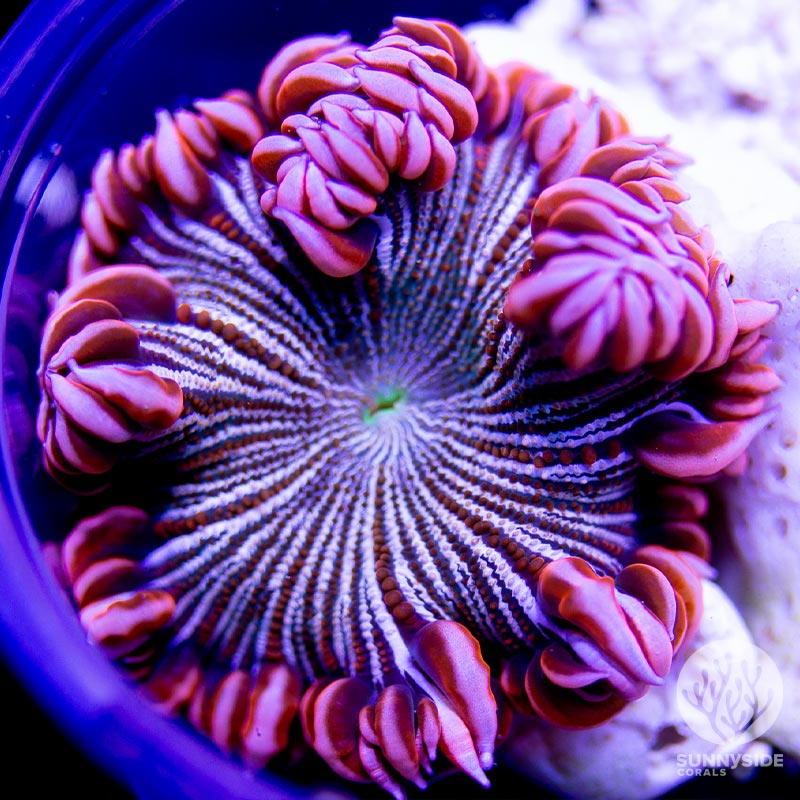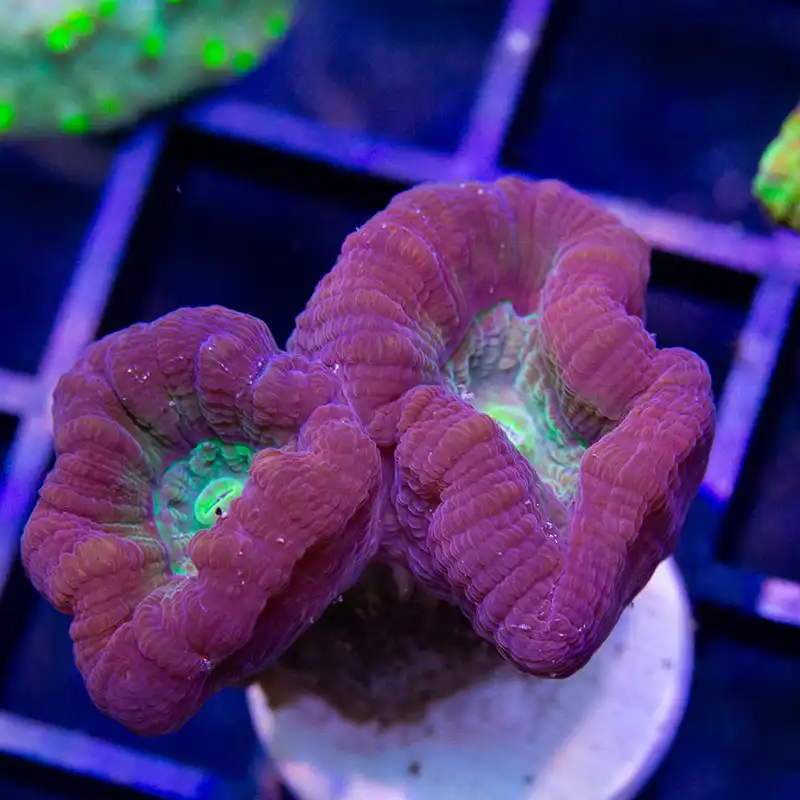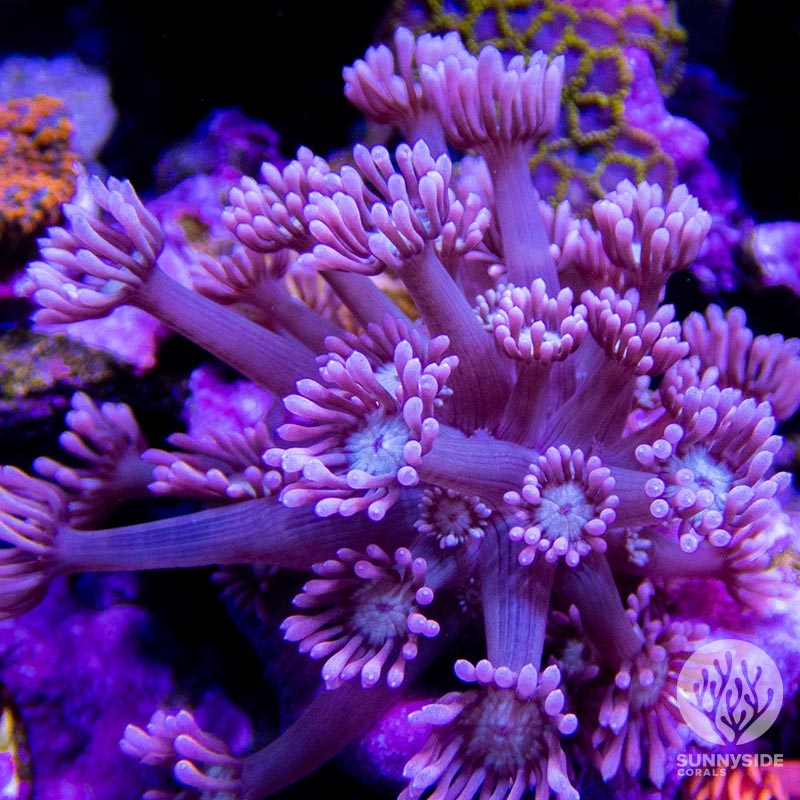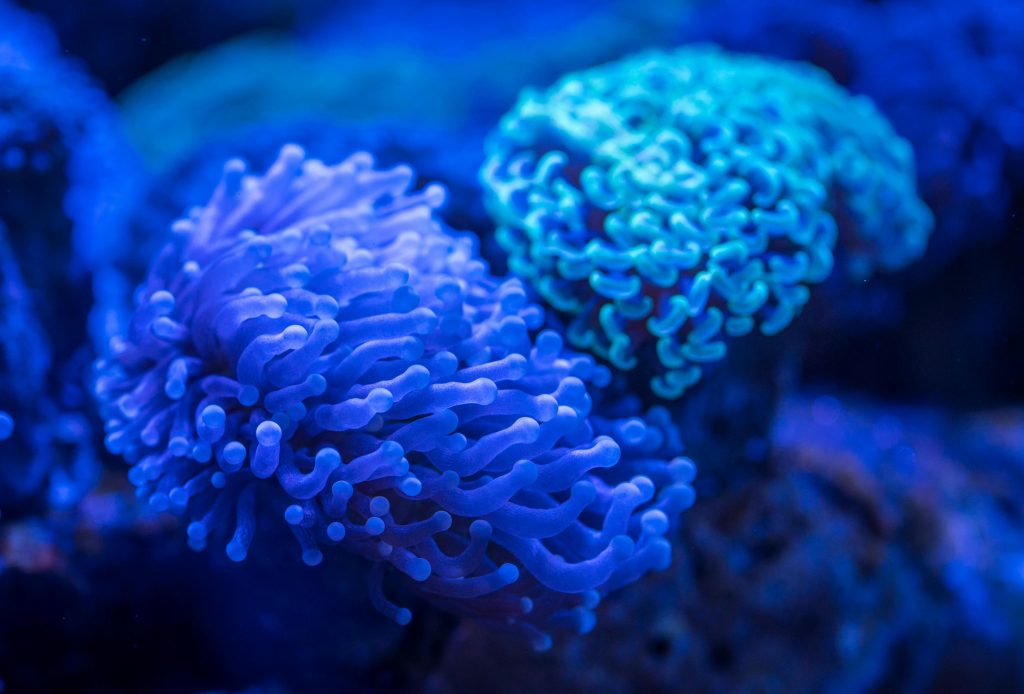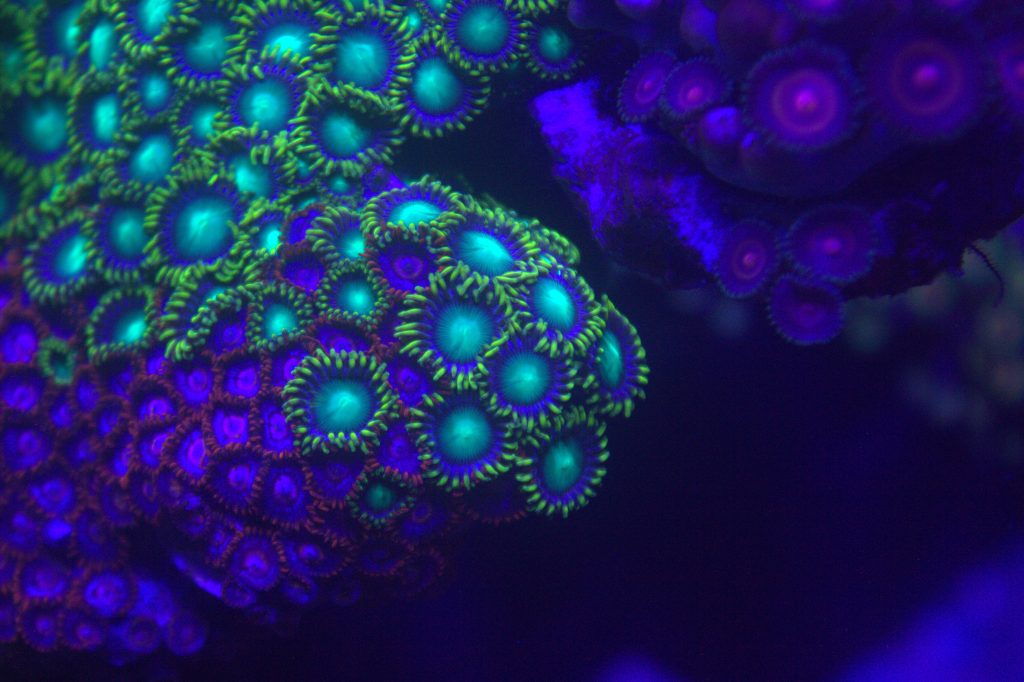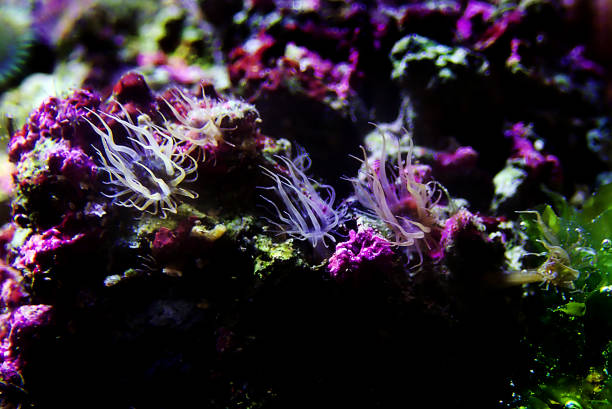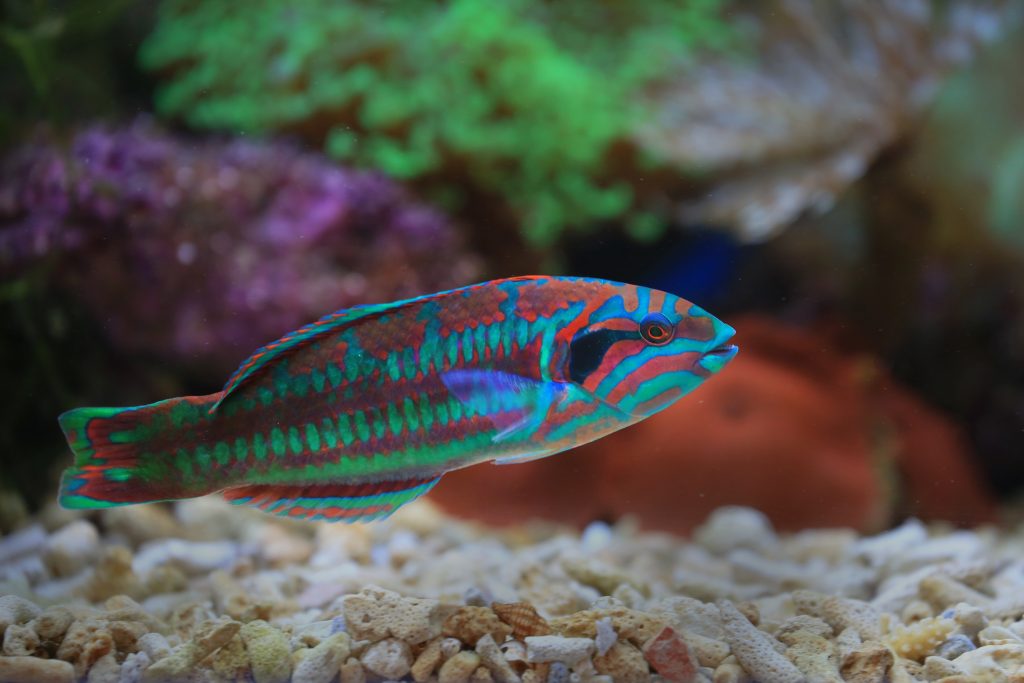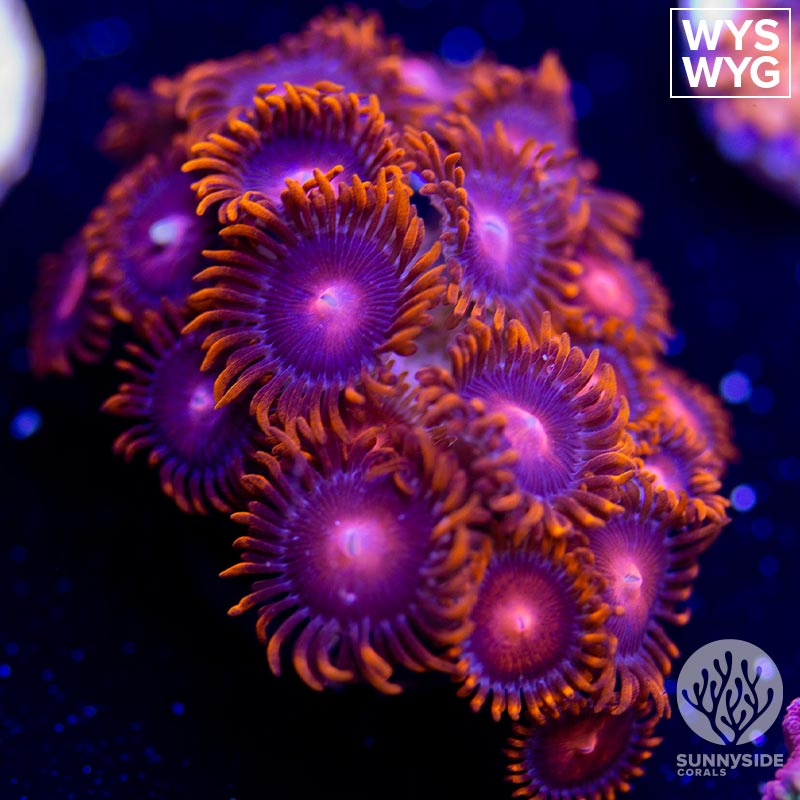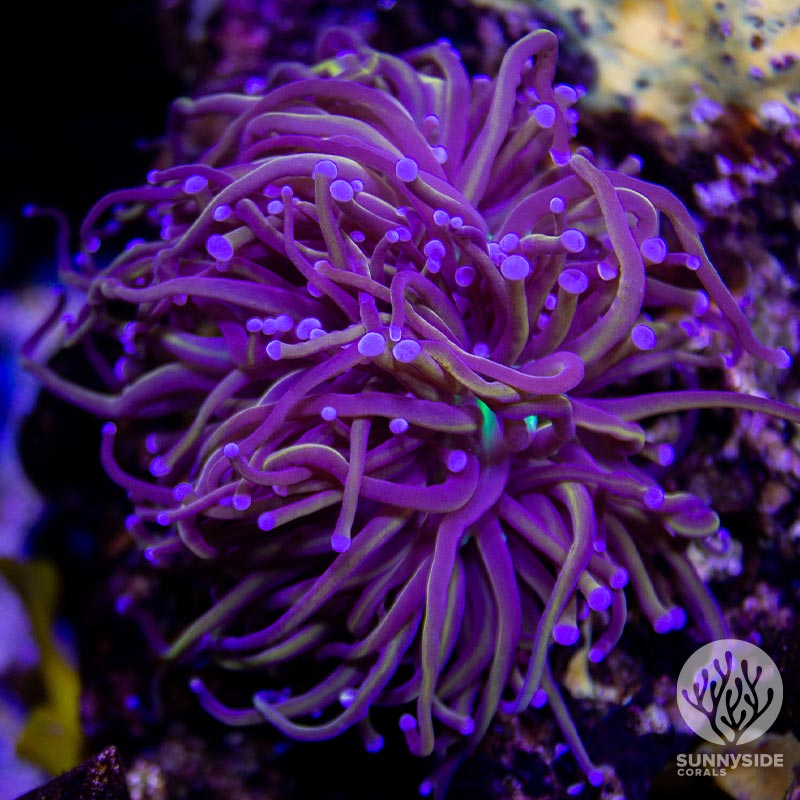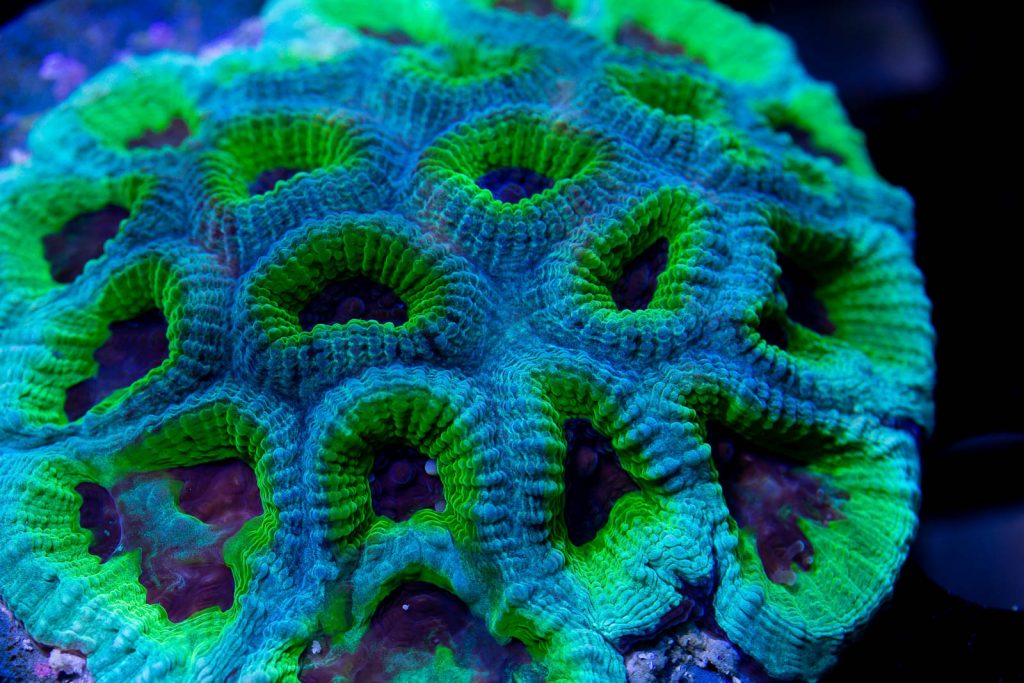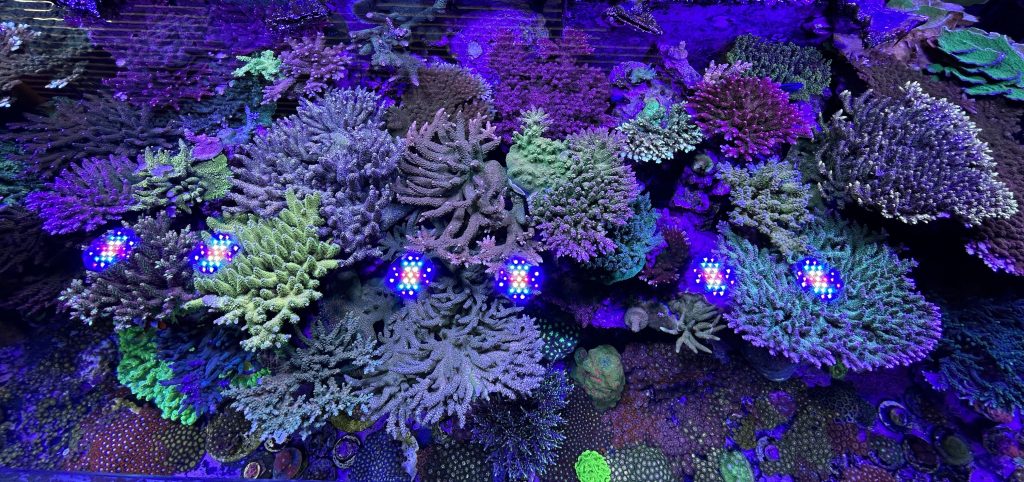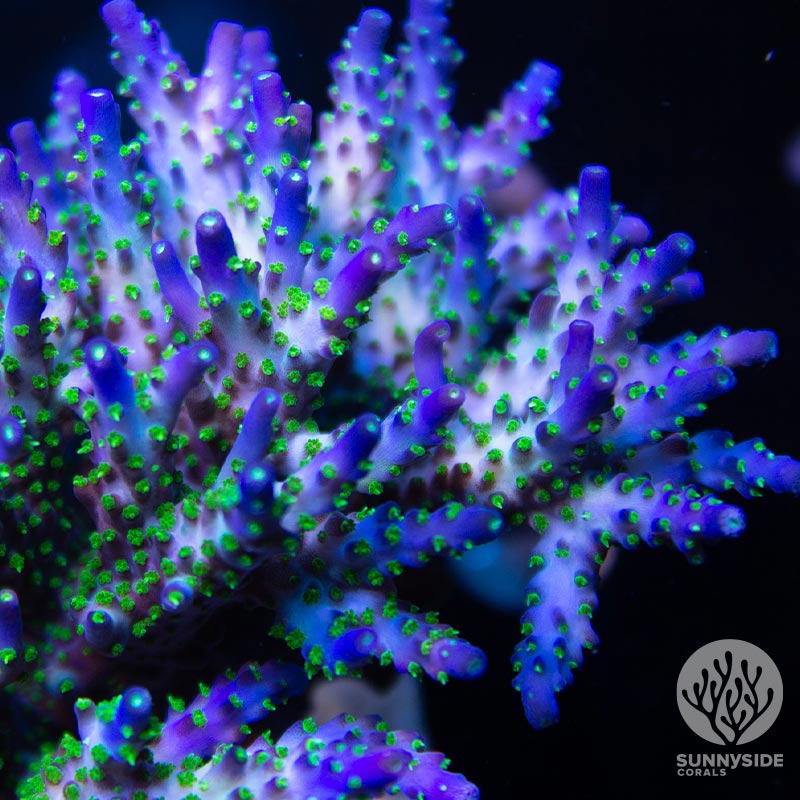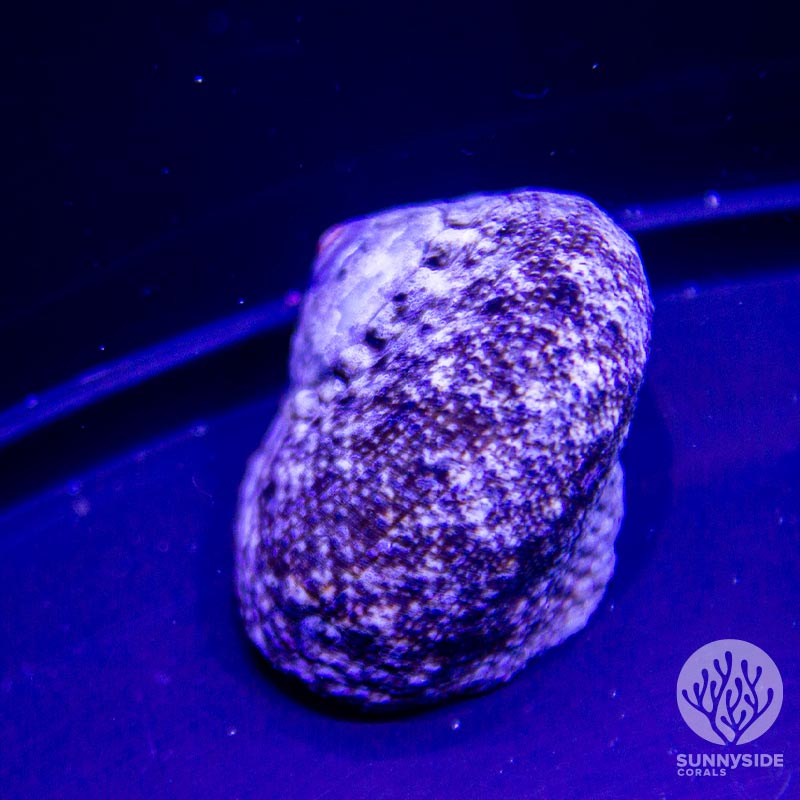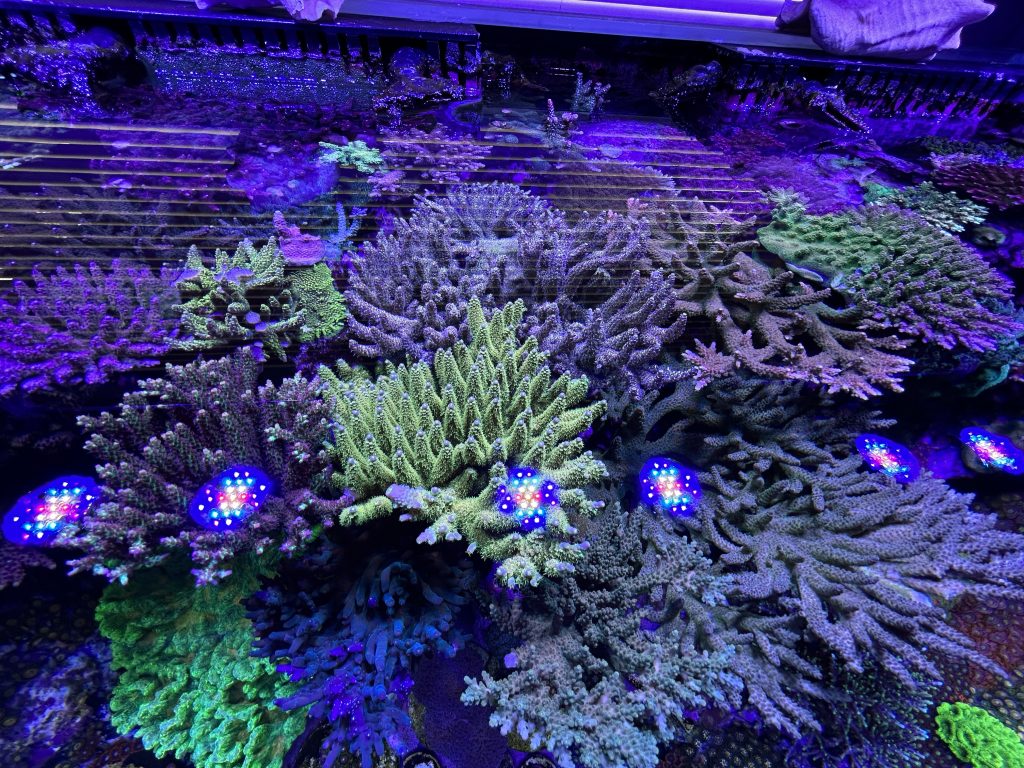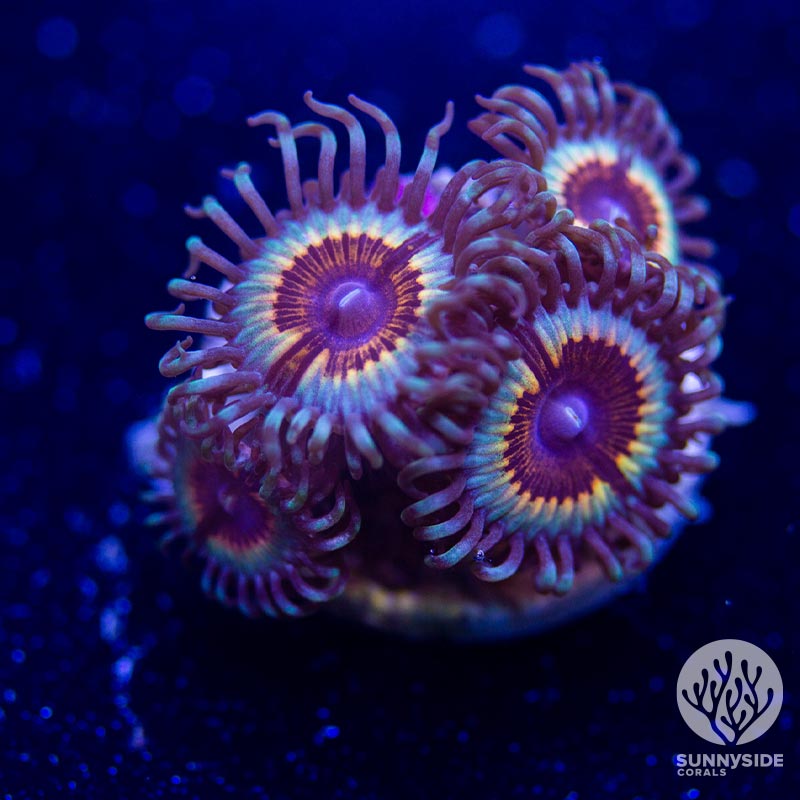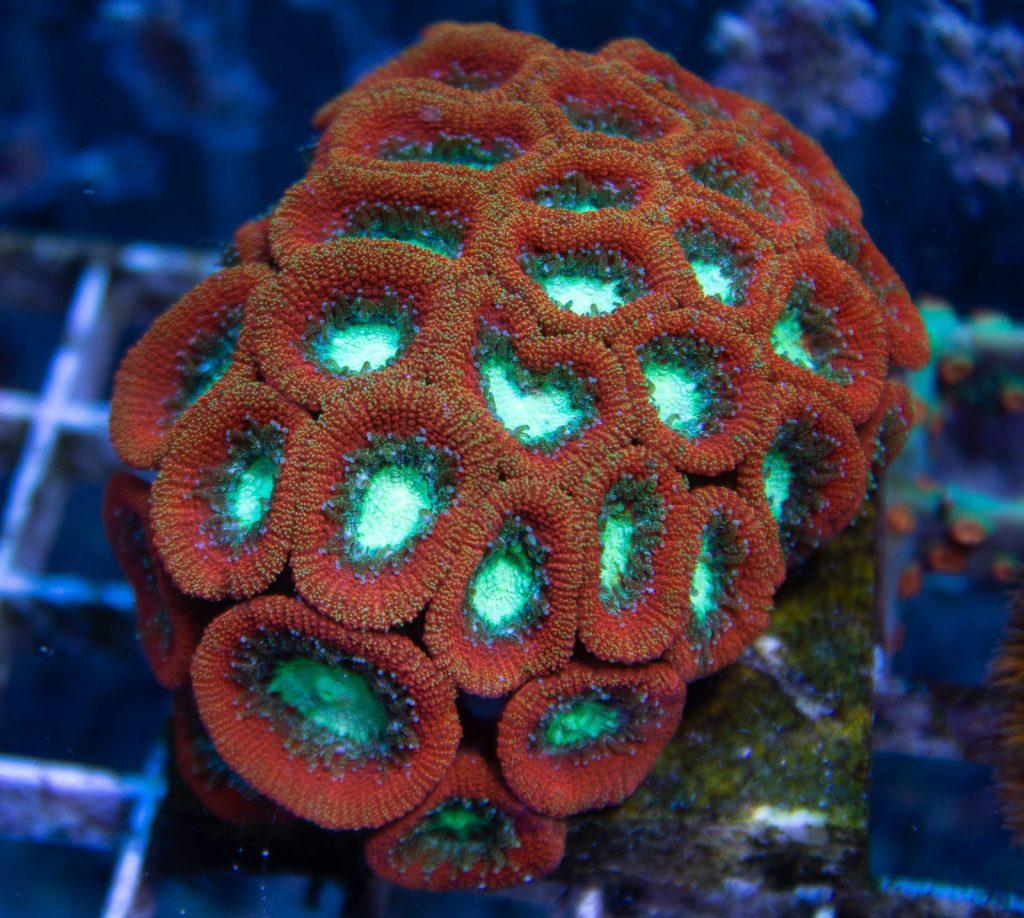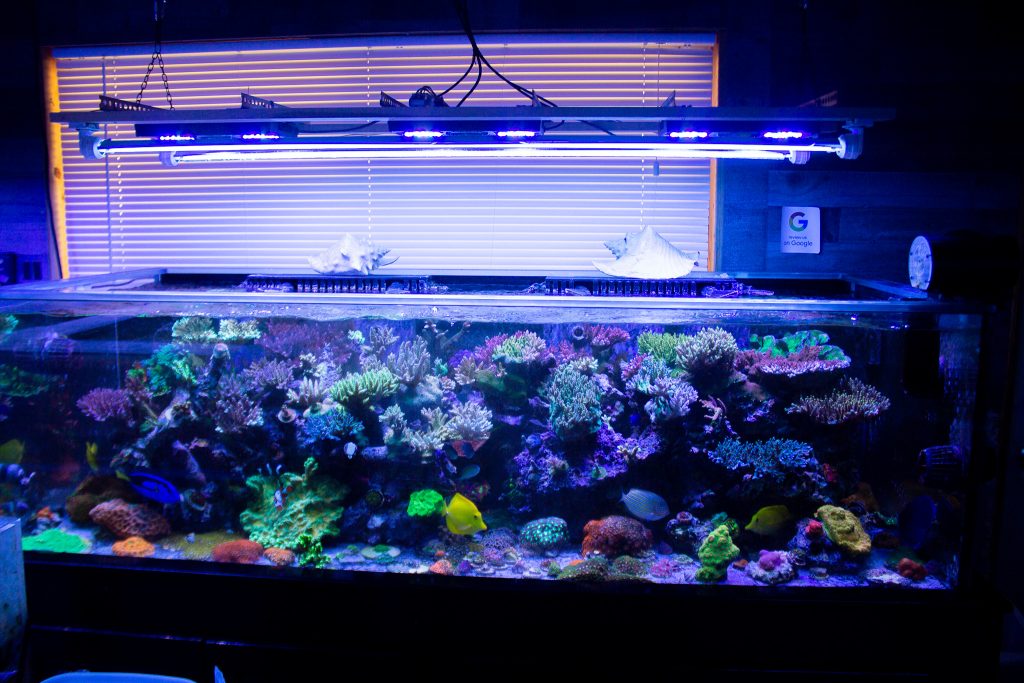How do I dip my new corals is one of the questions we often get from customers. While there are many methods to dipping your corals, this is the process that we use in order to kill any unwanted pests and not our corals, especially our touchy Acropora. You can use this same process or adjust it to fit your situation. We always recommend that you at least dip your corals once before they go into your tanks. No coral is worth introducing harmful pests into your tank.
Do I Need to Dip My New Corals?
For those of you wondering if you really need to dip new corals, the answer is YES. There is a risk that your new stunning coral might die but that small chance is a lot better than having a bug introduced to your tank that is a pain to get rid of and may kill other corals. If you follow our dipping method, your chances of killing any corals during the dipping process are very low. Dipping coral allows you to reduce the risk of infection, disease, and parasites. It also helps to sanitize and heal flesh wounds on the coral. Pests are able to hitchhike their way into your tank on corals, frags, mounts and rock. They can also be suspended in the water column or hidden in the sand. This means that by simply sharing water or sand from another tank, you can infect your system. In order to be proactive, it’s important to always dip new corals; regardless of whether or not they were dipped by the previous owner/ seller. Even if you trust the source you’re getting them from, there’s always a small risk of something being passed along.
How Do I Dip My Coral?
Making sure you dip your coral correctly is crucial! Here is how we dip all of our coral to make sure there are no hitchhikers and your corals don’t die from dipping. You may not have a temporary quarantine system or any quarantine system but, having one is highly recommended! If you do not have one you can skip steps 4 – 7 and place corals directly in your tank.
- Start the acclimation process.
- Add Bayer 2-way formal to acclimated water with coral for 8 to 10 minutes.
- Rinse your corals for 8 to 10 minutes in clean tank water.
- Put in a temporary quarantine system (optional)
- Repeat the acclimation and dip process (optional)
- Move to a permanent quarantine system (optional)
- Repeat the acclimation and dip process (optional)
- Move corals into your tank.
1. Start The Acclimation Process
When your corals first arrive you will want to make sure to float them in your tank as soon as possible. This allows the temperature of the water the coral is in to be brought up to the same temperature as your system’s water. This will increase the likelihood that your coral will survive. This should happen within 2 hours of arriving at your home. Coral should be floated in the tank water they’re going to be added to.
Once the coral is brought up to temp pour out the coral and its water into a bucket (size depending on the quantity of coral). Then begin acclimating the coral by adding water from the tank the coral will be going into, to the container. The goal is to double the initial water volume for a 50/50 mix of the old water and your system’s water.
2. Add Bayer 2-way formal to acclimated water with coral for 8 to 10 minutes.
Now that you’ve started acclimating our coral, it’s time to add our dip solution. There are a few different types of dips that we like. Coral RX and Revive are nice because they’re a clear solution; which allows you to see if there is anything coming off of your corals. However, these dips are harsher and are typically too harsh for acropora, especially deep water smooth skin acros. The brand we use the most is Bayer because we are heavy on sticks and Bayer does the job without being as harsh on the coral. Specifically, we use Bayer 2-way formula, which may not be available in stores but is available online. It’s important that you use this particular formula (0.72% Imidacloprid, 0.36% Beta-cyfluthrin, and 98.92% other ingredients) as there is a newly updated ‘complete’ formula that will kill your corals. It’s also important to note that you can not mix dipping solutions together.
Corals are taken out of the acclimated water and placed into another bucket that is 100% from the temporary quarantine water mixed with the Bayer 2-way formula. A small pump is added to this bucket in order to circulate the dip solution. We don’t have an exact measuring system when it comes to how much we use, but as a general rule of thumb, we usually do about 1 lid full (8 oz) to every gallon. The water should look milky after the solution has been added. Leave the corals in the dip solution for approximately 8-10 minutes.
3. Rinse your corals for 8 to 10 minutes in clean tank water.
Coral is then rinsed in another bucket with clean tank water. Let it sit and rest in that water for about 8 – 10 minutes in order to watch and see if anything else comes off the coral. Before taking the corals out of this bucket, it is best to give it a little shake in the water to make sure you get off any stragglers.
4. Put in a temporary quarantine system (optional)
Now place our coral into the temporary quarantine system. A temporary quarantine allows you time to see if there is anything on the coral. While the 1st dip will kill pests, it won’t kill any eggs. However, the eggs will hatch within a week. After a week’s time, if we aren’t seeing any remaining pests, we restart the dip and acclimation process again in order to move the coral to our permanent quarantine tank.
5. Repeat the acclimation and dip process (optional)
Each time that you move corals between tanks, it is smart to dip and acclimate the coral again. This lessens the likelihood that you are moving pests between tanks and it gives the coral time to adjust to the new water. Dipping your corals so much can be hard on the coral. This is another reason why we use Bayer 2-way formula. It is not as hard on the coral but does a great job of killing pests.
6. Move to a permanent quarantine system (optional)
After a week in our temporary quarantine, we repeat steps 1-3 with our permanent quarantine system’s water and then move our coral into our permanent quarantine. Our coral stays here for a minimum of a week, but normally for about a month. This gives us an opportunity to observe the coral for any possible lingering pests and to watch the overall health of the coral
7. Repeat the acclimation and dip process (optional)
Each time that you move corals between tanks, it is smart to dip and acclimate the coral again. This lessens the likelihood that you are moving pests between tanks and it gives the coral time to adjust to the new water. Dipping your corals so much can be hard on the coral. This is another reason why we use Bayer 2-way formula. It is not as hard on the coral but does a great job of killing pests.
Dipping coral 3 times definitely makes the coral unhappy. Not all of our corals survive the process and those that do may need help brightening back up, but for us the risk is worth it. Our goal is to reduce risk to our systems as much as possible
8. Move corals into your tank
Once it’s determined that the coral is healthy, we start the dip and acclimation process for a 3rd time in order to move the coral into one of our permanent systems. The coral is then rinsed for a third time, and then finally, moved into its permanent home. During this time we also determine whether or not to cut off the plug/ base of the coral. Doing so can help reduce your risk of any hitchhikers, but it’s a personal choice based on the type of coral, whether or not it’s worth losing that growth, and what source you received your coral from.
How To Set Up a Quarantine Tank
While we recommend some type of permanent quarantine set up, we understand that that’s not possible for all hobbyists. However, we do recommend some type of quarantine, even if it’s a temporary set up. It’s a lot easier to empty, dry out and start over with a quarantine system than it is your show tank.
Temporary Quarantine
Depending on the size and number of coral we use a 20, 30 and 50 gallon Rubbermaid Tupperware container for our temporary quarantines. When we set up a temporary tank the containers we use are completely dry and haven’t been used for weeks. We then add seasoned water from one of our systems into the container.
Next we will add a small skimmer as well as an over the tank filter to run in carbon. The skimmer and tank filter both need to have been rinsed and dried for at least a week from last use. You don’t necessarily need to add a skimmer, but you will want to add an over the top filter. Our temporary quarantine tanks also have lights set up similar to our other systems. One of the most important things to note is that these quarantine set ups require daily water changes. We recommend swapping at least 20% of the water volume with water from your system. A lot of failure and unhappy corals stems from not providing these daily water changes
While you might not need a system as extreme as ours, it’s important to take precautions when it comes to bringing new corals into your tanks. Creating an effective dipping process is a key factor in a happy, healthy and thriving tank. We encourage you to find a system that works best for you. Please, reach out to us if you have any questions and one of our experts will be happy to help yo
